Just What is ASR, Anyways?
Since there appears to be an increased concern about ASR, I thought it might timely to discuss alkali-aggregate reactions (AAR) in concrete. There are two types of AAR – one is known as alkali-carbonate reaction (ACR), and the other is referred to as alkali-silica reaction (ASR). ACR, which is observed with certain dolomitic rocks, is relatively uncommon, so we won’t deal with it in this discussion.
ASR, on the other hand, is more common because of a greater number of aggregates that contain reactive silica materials. Although ASR was first recognized in the late 30’s, ASR distress in structural concrete isn’t as common as one would expect, in light of all of the attention it has received lately. There are, however, some areas of the country where ASR is more of a problem, than other geographical locations.
Essentially, ASR distress is caused when aggregates containing unstable silica minerals react with cements having high alkali content, to form a gel. In the presence of sufficient moisture, the gel absorbs moisture, which leads to expansion, and cracks the concrete. In order for ASR to occur, therefore, the three following conditions must be present:
Reactive forms of silica in the aggregate
High-alkali pore solution
Sufficient moisture
Even though aggregates may contain reactive forms of silica, there will be no alkali-silica reaction if the alkali content of the cement is low, or if the finished concrete product is not exposed to excess moisture.
We frequently refer to the fact that the lower the water-cementitious ratio (W/Cm), the better the concrete product, because of the reduced permeability. This quality feature also applies to the ASR problem. Tests have shown that “lower water-cementitious ratio (0.35, for example) concretes expanded significantly less than higher water-cementitious ratio concretes”. Because the low W/Cm concretes are denser, and have fewer voids, it is more difficult for the moisture to carry the alkali ions to the unstable silica. As a result, the gel reaction cannot occur.
ASR distress is identified by map-cracking, which is a random pattern of cracks. Generally, three or more cracks will be induced at the location of each reactive aggregate particle (the cracks relieve pressure caused by the expansive forces). These cracks join other cracks from nearby reactive particles, resulting in a crack pattern that resembles lines on a map. Another indicator of ASR is a pop-out, which is caused by a fragment breaking out of the surface of the concrete. The fragment is forced out of the concrete by the pressure created from the expansion of the gel.
The best way to control ASR is to ensure that you are not using reactive aggregates. Although there are a number of ASTM tests (ASTM C227, ASTM C289, ASTM C295, ASTM C1260, ASTM C1293), there is presently no single test that gives a reliable result. Generally, more than one test must be conducted to ensure that the aggregates are non-reactive. And, some of the tests can take several months to complete.
Pozzolans, slag and blended cements have been successfully used to control ASR. It has been found that Class F fly ash mitigates ASR better than Class C ashes, because Class F ashes contain higher silicon dioxide and lower lime than Class C ashes. Low-alkali cement (less than 0.60% alkali) has also been successful in reducing deleterious reactivity, although some problems have been encountered with certain types of aggregates, even when alkali content has been less than 0.60%.
Lithium hydroxide is a chemical admixture that effectively controls ASR. The degree of success, however, depends upon the reactivity level of the aggregates, and the alkali content of the cement. It is my understanding that most of the admix suppliers now market lithium compound.
I hope that in attempting to give you some understanding of what ASR is all about, I haven’t confused the issue. I have tried to condense a very heavy subject into as few words as possible.
